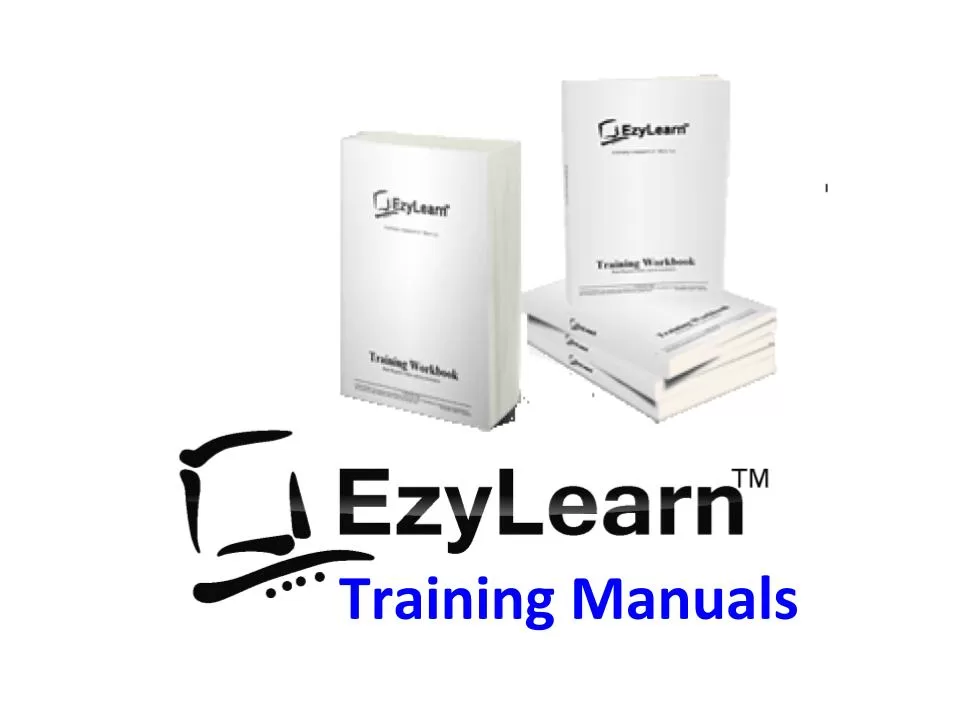Description
A bank reconciliation is performed once all of the day-to-day transactions have been entered into your software (unless you’re doing what is called Rescue Work or Catchup Work). The purpose of this bank reconciliation is to ensure that your software data matches the information in the real world (ie. your bank account).
 It is at this stage that you will enter:
It is at this stage that you will enter:
- Direct debits that come out of your account automatically
- Interest charges or payments
- Capital purchases and payments
- Merchant and bank charges
You’ll also find duplicates or omissions, and will need to correct the data that you have previously entered. You may also find amounts that are a couple of cents or dollars out because they’ve been entered incorrectly — that’s frustrating.
Technically the bank reconciliation stage is also where most strict accountants, bookkeepers or accounts managers will demand to see evidence of your purchases in the form of a receipt or tax invoice.
QuickBooks Online Training Workbook Scenario
In the QuickBooks Online (QBO) Bank Reconciliation and Journal Entry scenario we profile a small business owner just starting out. This business owner lends the company money for cashflow, buys a car that needs to be depreciated, spends money on advertising and marketing to build awareness, makes some small sales and pays themselves a wage on an ad hoc basis depending on their bank balance. (Note: paying yourself from day one is vitally important — you would be paid as an employee for any work you do!)
The purpose of this workbook is to take students through common entries that occur on a one-off basis and that are not normally part of the quoting, invoicing and payment entries that occur in the QuickBooks Online Daily Transactions Course.
Bank Reconciliation — Loan Account
Loans from the business to owners and directors requires it’s own compliance checks, but in this section of the course we’ll include the transactions and code you need to enter to keep a record of funds loaned to the business, including:
- creating a loan account,
- transferring loan funds,
- transaction details and accounts payable,
- setting up accounts payable,
- linked accounts and
- editing or deleting a transaction entry.
Bank Reconciliation — Entering Transactions
This course contains a bank statement where you’ll need to enter and code the transactions then run a bank reconciliation to discover that there are omissions and errors that you’ll need to fix – you’ll get to see what this looks like and then edit and enter the correct transactions and complete the reconciliation.
- Creating customer cards,
- creating inventory items,
- entering a sale and payment,
- spending money,
- receiving money from a client
- reconciling your cheque account to your bank statement.
Bank Reconciliation – International Credit Card Payments
Often the service in overseas countries is cheaper or better or there simply isn’t an available comparative product in Australia so we pay for overseas services. When we do this we don’t pay GST and we incur credit card charges. You’ll learn how to manage
- journal entries,
- GST and tax coding and
- reconciling.
Handling Basic Payroll Transactions
If you are a small business you may pay yourself, your partners or even casual workers adhoc amounts each week or month. These transactions need to capture the right codes and also be included in your bank reconciliations. As long the correct amount of tax is paid and the employers’ obligations are met then the business owner is doing everything right. We’ll show you how some small companies manage these transactions.
Purchasing Assets – Company Vehicle
There will be times when larger equipment is purchased and it’s paid for from your operating cash flow. In this situation the asset isn’t written off as an immediate expense but depreciated every year for a certain number of years. You’ll learn how to code this type of transaction correctly.












